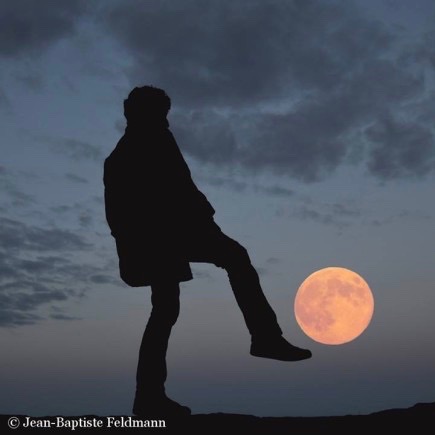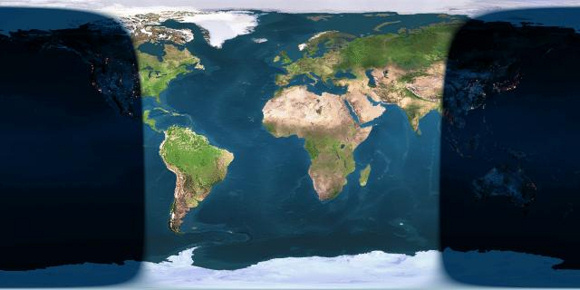
Photo top of post via EarthSky Facebook friend Jean-Baptiste Feldman
Tonight – March 23, 2016 – you might suppose you’re seeing a full moon. The crest of the moon’s full phase is the morning of March 23 at 7:01 a.m. Central Daylight Time (12:01 UTC). In other words, the March full moon – with its penumbral lunar eclipse – will likely have passed by the time that you’re reading this post.
Still, the moon on March 23 will look full to the eye, and your calendar likely says that March 23 is the full moon. And it’s a very special full moon indeed, for a reason besides the eclipse. This March, 2016, full moon is the first of the new season’s four full moons. It’s the Northern Hemisphere’s first full moon of spring and Southern Hemisphere’s first full moon of autumn.
Four full moons in a season? Yes. Normally there are three, and that’s why – soon – we’ll have a Blue Moon (by the seasonal definition of the term): third of four full moons in one season.
What’s a “season,” by the way? In astronomical terms, it’s the time between an equinox and a solstice. The equinox recently took place on March 20, 2016, at 4:30 UTC. It was the spring equinox for the Northern Hemisphere and the autumn equinox south of the equator.
So, tonight, no matter where you live on Earth, look for the moon to look full as it shines from dusk until dawn.
In the Northern Hemisphere, we often call the March full moon the Sap Moon, Crow Moon, Worm Moon or Easter Moon. For the Southern Hemisphere, this March full moon counts as the Harvest Moon – the closest full moon to the autumn equinox.

Looking ahead, the April 22 full moon will feature what is sometimes called a micro-moon – the farthest and smallest full moon of the year.
After that, the May 21 full moon will give us the Blue Moon: third of four full moons in one season.
Then the fourth and final full moon of the season will fall on June 20, less than one-half day before the June solstice:
March 2016 equinox: March 20 at 4:30 Universal Time (UT)
March 2016 full moon: March 23 at 12:01 UT
April 2016 full moon: April 22 at 5:24 UT
May 2016 full moon: May 21 at 21:15 UT
June 2016 full moon: June 20 at 11:02 UT
June 2016 solstice: June 20 at 22:35 UT
Bottom line: This March full moon presents the first of the new season’s four full moons. It’ll be the Northern Hemisphere’s first full moon of spring and the Southern Hemisphere’s first full moon of autumn.











